1. Overview of FM broadcast coverage system in underground parking lot
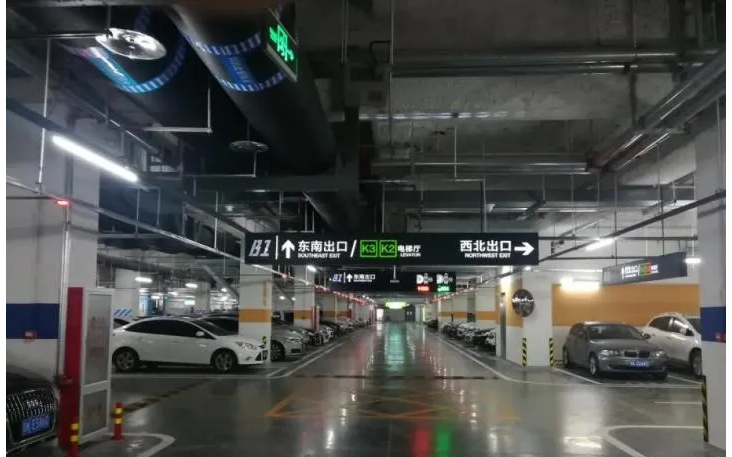 With the rapid advancement of my country’s urbanization level and the rapid development of real estate, urban parking lots are called rigid supporting buildings for each building, especially in commercial complexes, hospitals, government agencies, airports, high-speed railway stations and other places. In the parking lot, the number of parking vehicles can reach thousands, and the level of intelligence and informatization of the parking lot is getting higher and higher, but the coverage of the radio broadcast signal in the parking lot has not been well solved. Once the car enters the underground parking field, you cannot continue to listen to the FM radio signal.
With the rapid advancement of my country’s urbanization level and the rapid development of real estate, urban parking lots are called rigid supporting buildings for each building, especially in commercial complexes, hospitals, government agencies, airports, high-speed railway stations and other places. In the parking lot, the number of parking vehicles can reach thousands, and the level of intelligence and informatization of the parking lot is getting higher and higher, but the coverage of the radio broadcast signal in the parking lot has not been well solved. Once the car enters the underground parking field, you cannot continue to listen to the FM radio signal.
We have developed a series of FM broadcast coverage products for underground parking lots. Using the technology of “digital frequency selection, optical fiber remote, and synchronous amplification”, the ground FM radio signal is extended to the underground parking lot, so that FM radio The signal achieves no blind spot coverage in the underground parking lot.
2. Functional characteristics of FM broadcast coverage system for underground parking lots
Wireless reception: Receive over-the-air FM broadcast signals through FM FM receiving antenna (three-unit type or five-unit type can be selected according to on-site signal conditions). Digital frequency selection: It can directly select and output the outdoor related radio station programs (generally 5-10 frequency points according to needs) that need to be rebroadcasted to the optical fiber remote equipment. Optical fiber remote: The FM optical fiber remote technology is used to extend the FM broadcast signal to the optical fiber micro-repeater station to realize the remote transmission of the signal. Synchronous amplification: The optical fiber micro-repeater station adopts cellular wireless amplification technology to perform synchronous broadband amplification of FM radio signals in the full frequency range of 88-108MHz. No blind spot coverage: No blind spot coverage of FM radio in the parking lot is achieved through the optical fiber micro repeater and broadband transmitting antenna set in the parking lot. Emergency broadcast: In case of emergency in the underground parking lot, emergency broadcast signals can be broadcast in the full frequency range of 88-108MHz for evacuation broadcast. (Scalable configuration group carrier emergency broadcast host)
3. Principle of FM broadcast coverage system in underground parking lot
3.1 System principle
The underground parking lot FM broadcast coverage system receives the signal of the outdoor radio station through the special FM receiving antenna. After the signal is filtered and amplified, the FM frequency to be covered is subjected to frequency selection demodulation, modulation and multiplexing, and the input optical near-end machine will FM broadcast. The signal is converted into an optical signal, transmitted to the optical fiber micro-power repeater through the optical signal distribution system and the optical transmission link, and the received optical signal is converted into an RF radio frequency signal for broadband cellular amplification; output to the broadband transmitting antenna for synchronous wireless coverage.
3.2 System schematic diagram
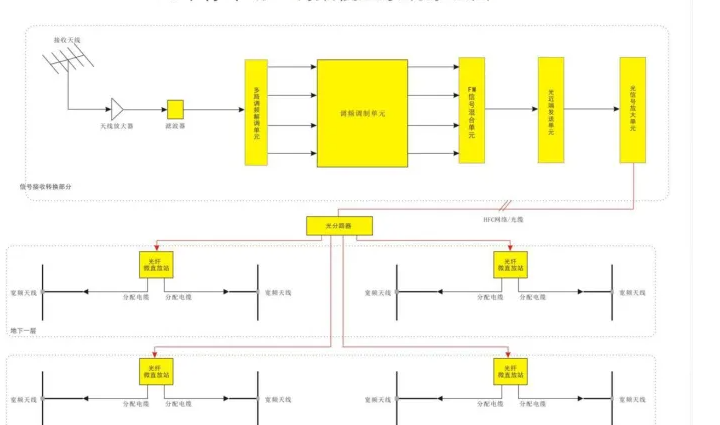 4, the underground parking lot FM broadcast coverage system scheme
4, the underground parking lot FM broadcast coverage system scheme
FM broadcast (87-108MHz) FM broadcast signal is characterized by linear transmission and certain diffraction ability; underground parking lot is covered by car radio, and the coverage field strength is required to be ≥25dBuV/m for good reception. According to the transmission characteristics and coverage field strength requirements of FM broadcast, there are currently two main schemes to achieve FM broadcast signal coverage in underground parking lots, namely the “fiber remote unit + leaky coaxial cable” coverage scheme and the “fiber repeater + broadband” coverage scheme Transmitting Antenna” coverage scheme. Considering the system construction cost and cost-effectiveness, our company chooses the “fiber repeater + broadband transmitting antenna” method in practical cases, and uses broadband transmitting antennas for coverage. Generally, a fiber repeater can cover a radius of 40 meters under unobstructed conditions. ~50 meters.
4.1 FM FM signal source reception
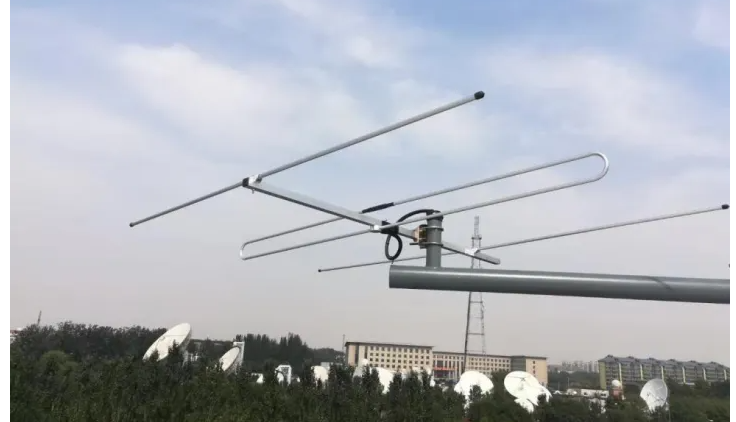 Set up an FM receiving antenna in a relatively open and high place outside the parking lot to receive the local 87-108MHz open-circuit FM FM broadcast signal. The received FM broadcast signal is amplified by a high-gain antenna amplifier and sent to the central computer room. When the distance from the antenna to the computer room is long, the antenna optical transceiver is used for photoelectric conversion, and then sent to the central computer room of the parking lot through the optical cable.
Set up an FM receiving antenna in a relatively open and high place outside the parking lot to receive the local 87-108MHz open-circuit FM FM broadcast signal. The received FM broadcast signal is amplified by a high-gain antenna amplifier and sent to the central computer room. When the distance from the antenna to the computer room is long, the antenna optical transceiver is used for photoelectric conversion, and then sent to the central computer room of the parking lot through the optical cable.
4.2 Signal frequency selection
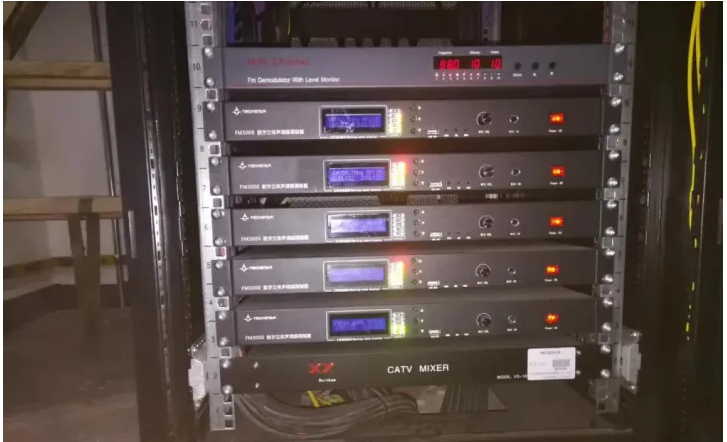 After the open-circuit FM broadcast signal sent to the computer room is converted into photoelectricity by the antenna optical transceiver, two modes can be used for frequency selection processing:
After the open-circuit FM broadcast signal sent to the computer room is converted into photoelectricity by the antenna optical transceiver, two modes can be used for frequency selection processing:
First, the digital frequency selector method is adopted: the frequency points that need to be covered are directly selected, and the frequency selector of our company can select 1-10FM signals.
The second is the demodulation secondary modulation method: by sending the signal into the multi-channel FM demodulation unit, the FM signal that needs to be covered is demodulated into a standard audio signal, and then sent to the FM secondary modulation unit to modulate the required FM broadcast program to The original frequency is multiplexed and mixed by the FM multiplexing unit, and then electro-optically converted by the optical near-end sending unit, and then sent to the FM repeater through the optical cable for signal amplification and transmission.
4.3 FM broadcast coverage signal transmission
 The transmission medium from the main control room to the signal coverage site is a single-mode optical fiber cable. The transmission of FM radio signals through the optical fiber cable can avoid excessive signal attenuation, ensure no interference in signal transmission, and minimize the attenuation difference in inter-frequency transmission. Meet the needs of FM coverage systems.
The transmission medium from the main control room to the signal coverage site is a single-mode optical fiber cable. The transmission of FM radio signals through the optical fiber cable can avoid excessive signal attenuation, ensure no interference in signal transmission, and minimize the attenuation difference in inter-frequency transmission. Meet the needs of FM coverage systems.
4.4 Design of the remote unit of the repeater
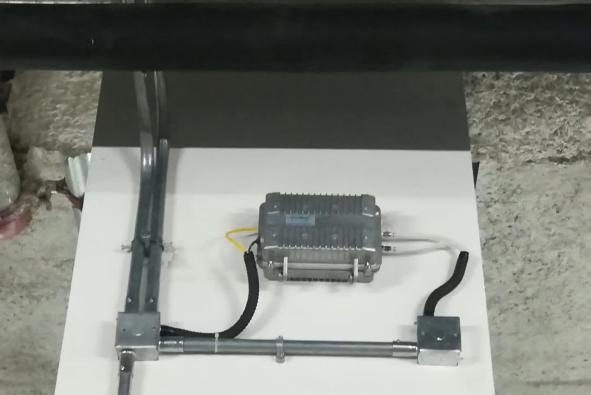

The signal input to the optical fiber micro repeater is subjected to photoelectric conversion and signal amplification by the repeater, and then output to the broadband transmitting antenna to wirelessly cover the FM broadcast signal in the 87MHz to 108MHz frequency band in the underground parking lot. The coverage range of each fiber optic repeater is 40-50 meters in radius, and the FM radio frequency modulation broadcast signal can meet the coverage requirements if it reaches 22dBuv or more.
According to the technical specifications of synchronous broadcasting in my country, the signal phase difference (time difference) between two adjacent transmitters is within 5 microseconds, and there will be no signal coherence problem. The optical signal transmission speed is 300m/microsecond. The transmission distance is less than 1000 meters, that is, the transmission delay is less than or equal to 3.5 microseconds. This solution uses the same RF signal source, so it is possible to achieve “same frequency, same amplitude, and same phase” synchronous broadcasting without causing multiple repeaters. mutual interference between them.
5. Successful cases:
Lenovo Headquarters (Beijing) Park Underground Parking Lot FM Coverage System Hangzhou City Tunnel FM Broadcast Coverage System Guizhou Renhuai Moutai Tunnel FM Broadcast Coverage System Hubei Wuhan Yangtze River Crossing Tunnel Broadcast Coverage System Zhejiang Taijin Expressway Cangling Tunnel FM Broadcast Coverage System Qingdao Jiaozhou Bay Undersea Tunnel FM Broadcast Coverage System Qingdao Jiaozhou Bay Tunnel Cluster Wireless Communication Coverage System FM Broadcast Signal Coverage System of Hengqin Tunnel of Macau University.

